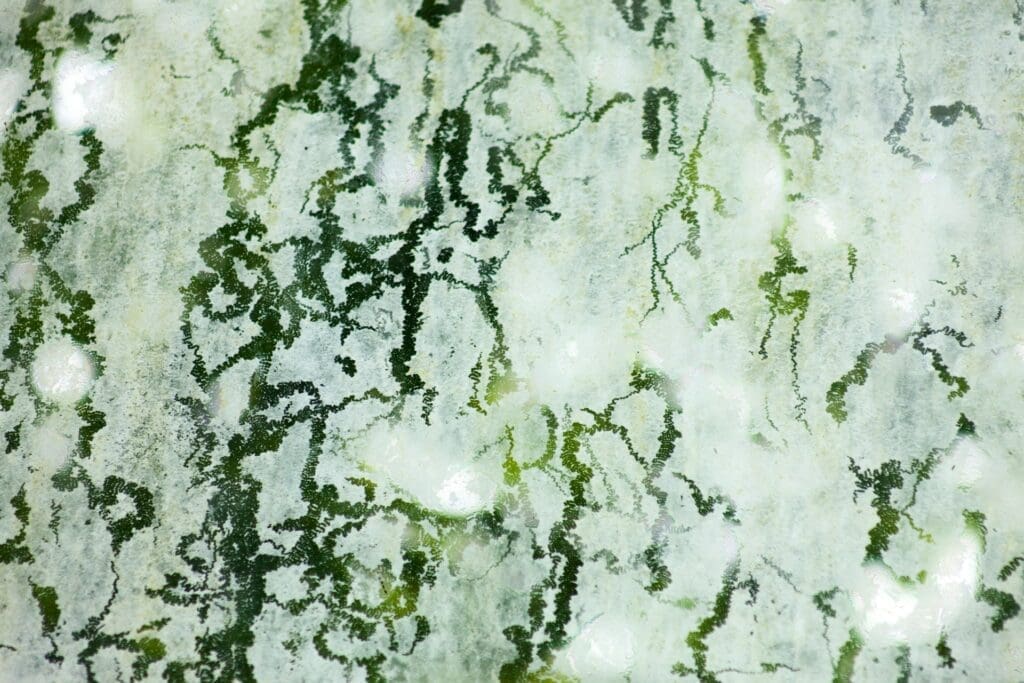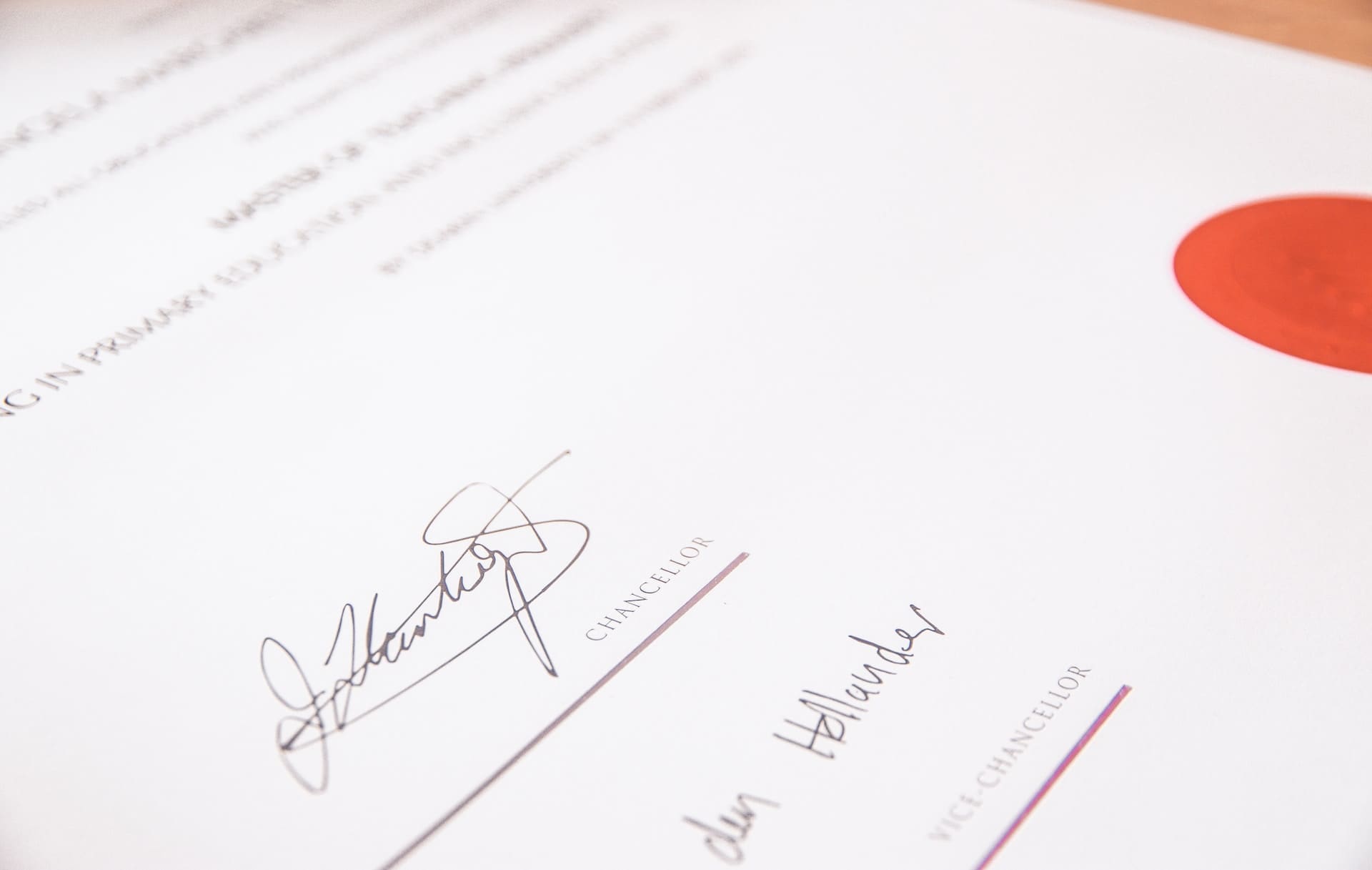Bathrooms, with their high humidity and moisture levels, are prime real estate for the growth of mold. As a professional restoration company, we have honed our skills over the years to be able to guide you on how to identify mold in your bathroom and explain the steps that you should take if you find it.
Understanding Mold
Mold is a type of fungus that thrives in damp, warm environments. It reproduces via tiny particles known as spores, which can be harmful when inhaled. This is the primary reason why it’s crucial to address mold issues as soon as they’re identified. To help you understand the gravity of the situation, let’s delve a little deeper into what mold is.
Mold is a naturally occurring organism that exists everywhere – indoors and outdoors. It’s not always harmful, but in large quantities or certain types, it can cause health problems. Mold spores are microscopic and float along in the air, and they may enter your home through windows, doors, or AC/heating systems or even hitch a ride indoors on your clothing or a pet.
Where to Look for Bathroom Mold
Bathroom mold isn’t always visible at first glance. It can be sneaky, hiding in places that you might not immediately check. Here are some common hiding spots:
- Shower and Bathtub: Check the grout between tiles, the caulk around the tub, the shower curtain, and the drain. These areas are constantly in contact with water and can harbor mold if not properly cleaned and dried.
- Sink and Countertop: Look around the faucet and drain, as well as under the sink. These are areas where water tends to collect. If left unchecked, they can become a breeding ground for mold.
- Toilet: Mold can hide in the tank, around the base, and under the seat. Regular cleaning of these areas can help prevent mold growth.
- Walls and Ceiling: Look for discoloration or peeling paint. These could be signs of a moisture problem and potential mold growth.
Identifying Mold
Mold can present in a variety of colors, including black, green, brown, or white. It may appear fuzzy or slimy and often has a musty, earthy odor. However, not all mold looks or smells the same, and some mold may not even be visible. Sometimes, an unusual smell or respiratory symptoms are the first signs.
What to Do if You Find Mold
If you find mold, it’s important not to panic. Here’s what to do:
- Take Photos: Document the mold with pictures. This will help professionals assess the situation and determine the best course of action.
- Do Not Disturb It: Disturbing mold can release spores into the air, where they can be easily inhaled. Leave the mold undisturbed until a professional can address it.
- Contact a Professional: Professional restoration companies, like ours, have the right tools, training, and experience to handle mold safely and effectively. It’s best not to attempt to remove the mold yourself, as this could inadvertently spread the mold or expose you to harmful spores.
Preventing Bathroom Mold
Prevention is the best method to keep mold at bay. Here are some tips:
- Ventilation: Use an exhaust fan during and after showers to help remove moisture from the air.
- Cleaning: Regularly clean your bathroom with mold-killing products. Pay special attention to the areas where mold is most likely to grow.
- Dry Surfaces: Wipe down wet surfaces after use. This includes the shower walls, the bathroom sink, and any countertops.
Remember, if you find mold in your bathroom, it’s always best to consult a professional restoration company. They can accurately assess the situation and suggest the most effective solution. They can also provide tips and guidance on how to prevent future mold growth.




